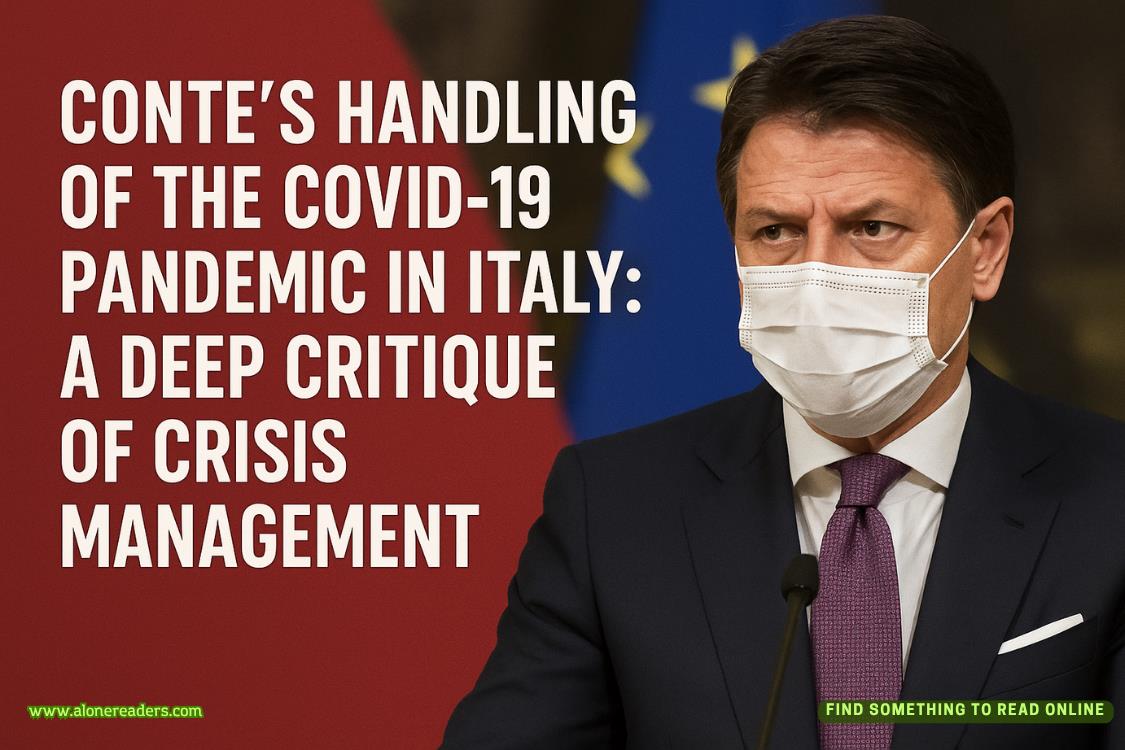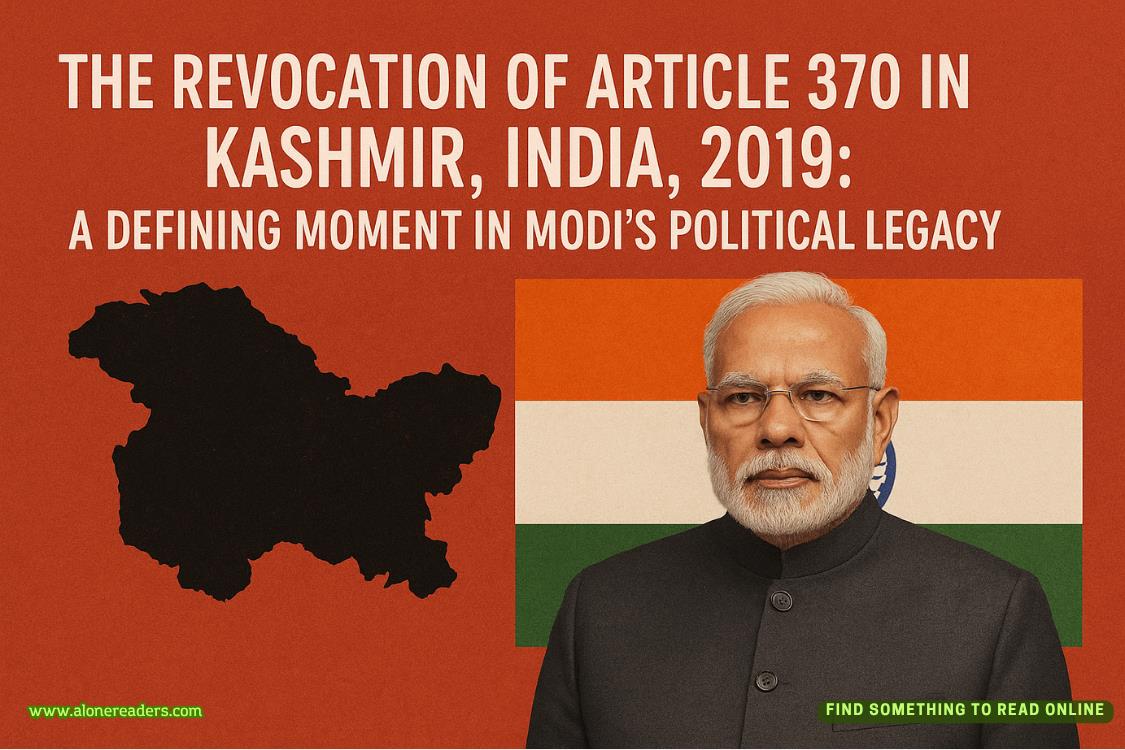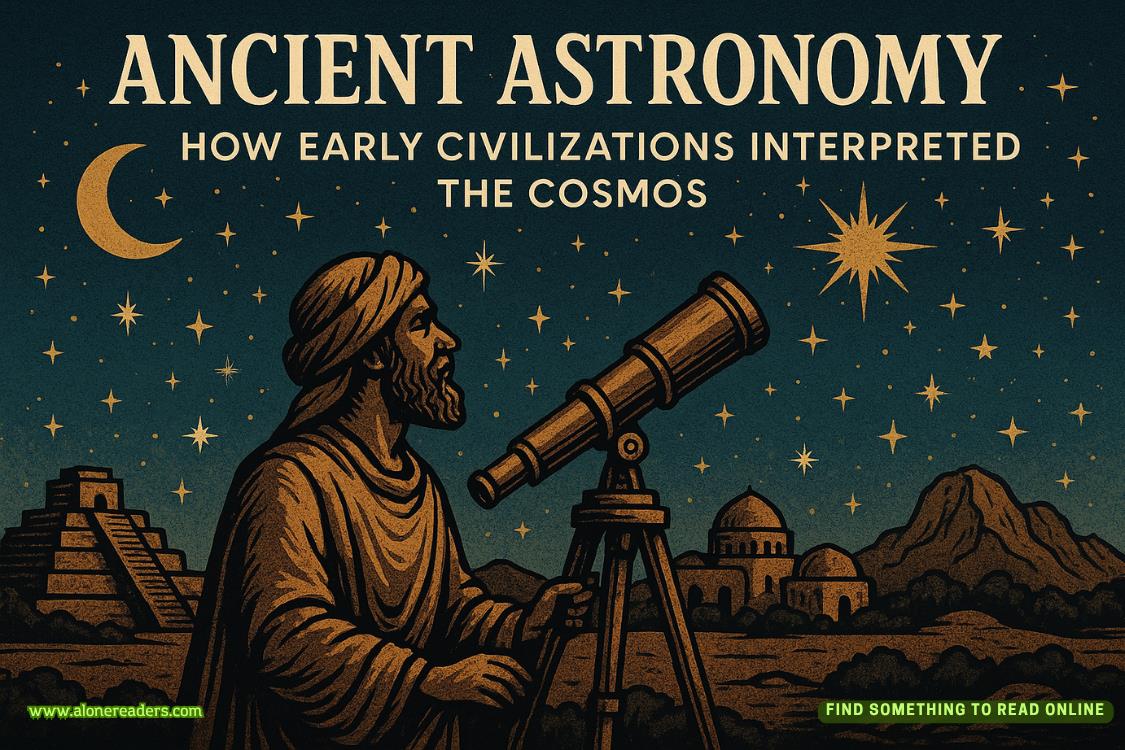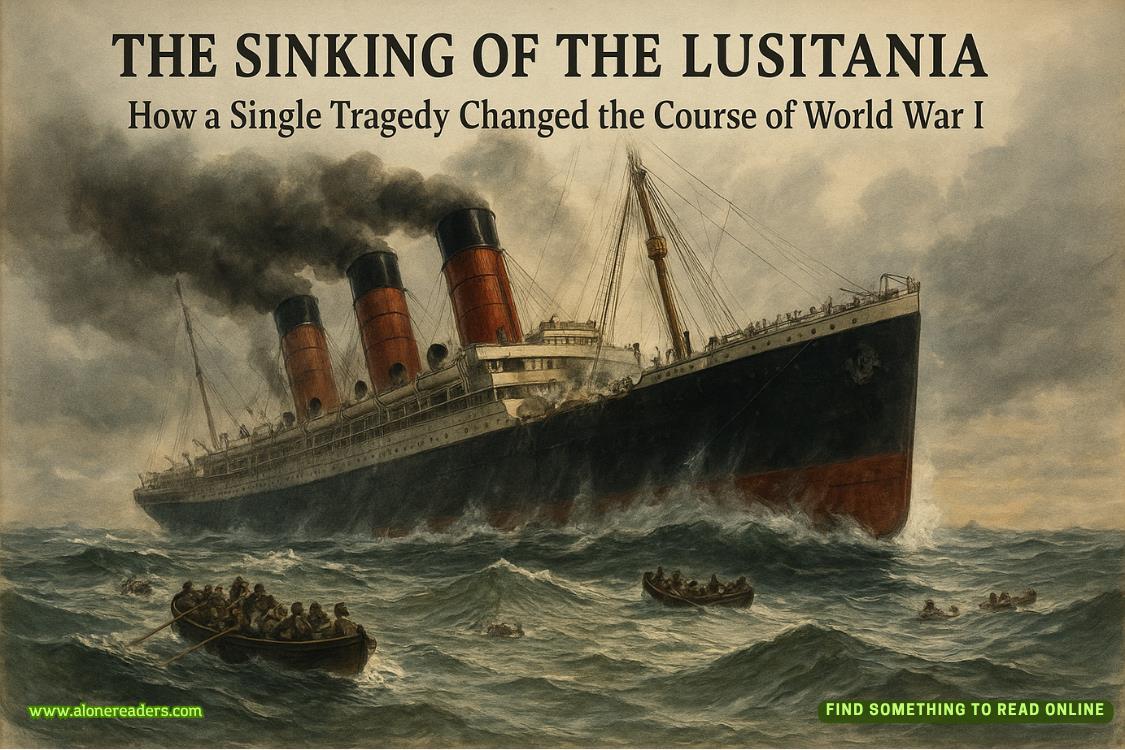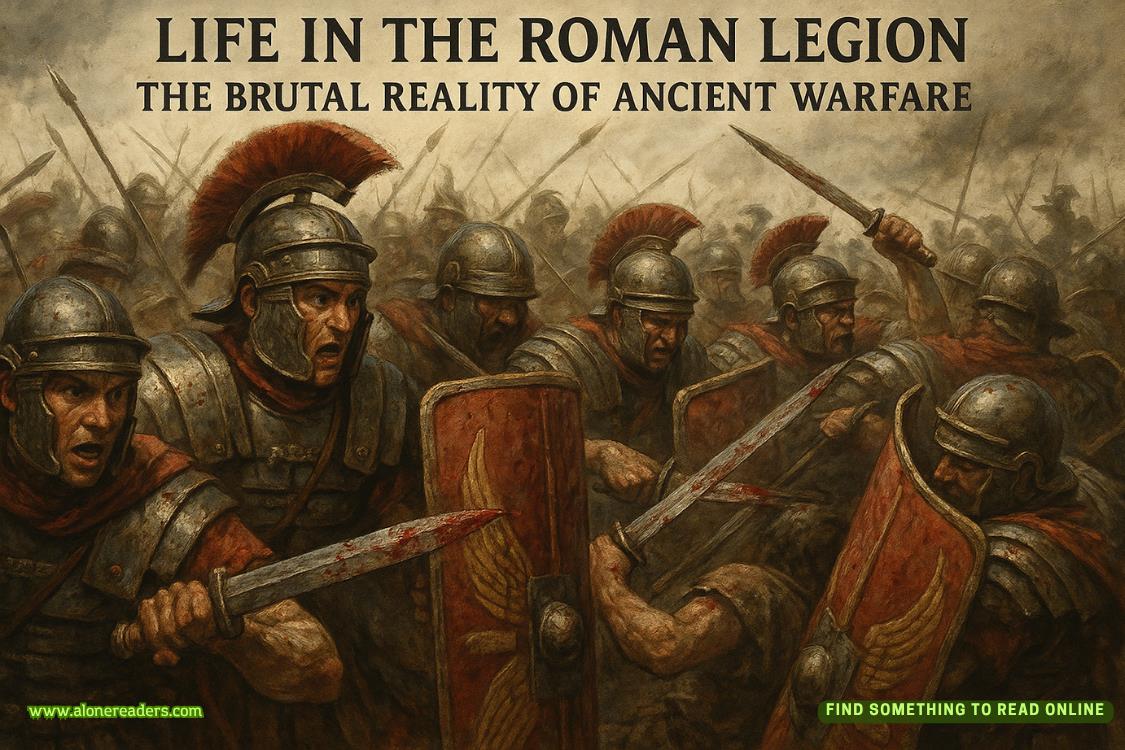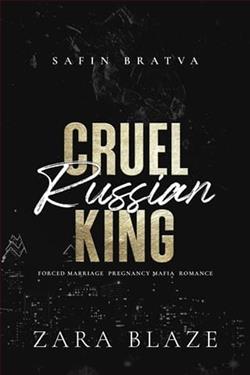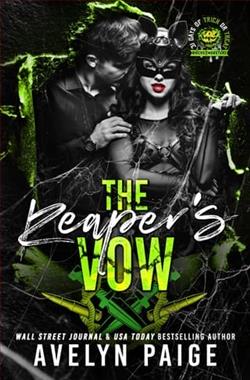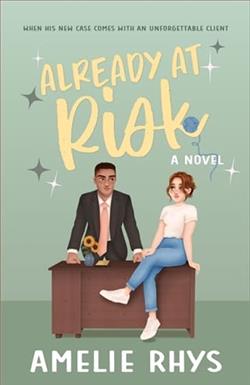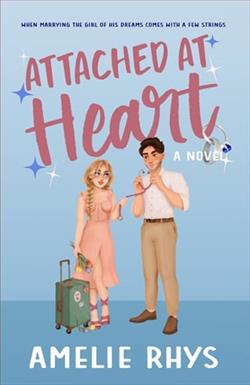Page 1 of A History of Scars
1 A HISTORY OF SCARS
As a rock climber, I’m used to accumulating scars. They’re gathered on climbing expeditions, in moments of carelessness or due to freak acts of nature. As someone who bruises easily, who isn’t overly precious with my body, I’ve often not regretted these tangible reminders of the past. They make for good stories, good memories.
One reminds me of the can of beans that exploded over a campfire in Joshua Tree, leaving me with a bean-shaped scar on my forearm from an errant legume that flew through the air and stuck to me like a pebble of hot glue. Luckily we’d bought one of those perforated cans, with a lid designed to be pulled off, so that the lid’s flight into the air was graceful rather than chaotic. I associate that bean mark with my oldest sister—I remember how panicked she was by the sound of metal exploding, and how fatigued we were, to not have anticipated the can’s explosion. I remember a bulky man with a wiry beard from the next campsite, calling over to ensure we were okay.
Another reminds me of my ex-girlfriend accidentally lowering me from a climb into a large tree, so that a sharp branch dragged across my waist and punctured the skin over my left oblique. The T-shirt I wore dulled the spear-like protrusion’s edge, protecting me from worse damage. Another reminds me of limestone crumbling beneath my right foot when I was tied in and climbing seventy or eighty feet in the air, my inner knee grazing a jagged ledge on my fall, an asteroid tail being torn on that soft flesh. The crumbling rock rained down yet spared my ex’s head, as she belayed me from below.
I have many small scars. I’m usually sad when they fade, because so, too, do the associated memories—of times when things could’ve been worse, of moments shared with loved ones, of times when I scraped by relatively whole and okay. Each climbing-related scar transports me to a particular setting, a particular day, a memory where I’d happily dwell.
Then, too, I have a series of interconnected scars that are different. These scars prompt questions that I don’t want to answer, and I can’t hide them. Not from those I love or hope to love, anyway. They’re set in such a way that they require increasing levels of intimacy to witness, so that only those closest to me will see them all.
The fourth of these, purplish red on the left side of my ass, is the worst. Nearly the size of my extended hand, it looks like a particularly vicious bruise, as though I’ve been whacked hard by something rectangular and large, though nearly six months have passed since my exposed fall onto I-65. I can still see imprints of gravel rubble from initial impact. The third looks like a large set of wings in the middle of my back, from where I skidded down the highway. The left side looks like Africa. The second is above my left hip, but passes as a lightly shaded bruise. The first is on my left elbow—darkly outlined, triangle-shaped, similar in size and shape to a guitar pick; I often forget it’s there.
Aside from nurses and doctors, until recently only one person has seen all four—a good friend who unflinchingly bore witness, who asked question after question and listened to my answers, whose brother coincidentally cycled through new, and then repeated, drug-induced psychotic episodes at the same time that I recovered from my hopefully solitary episode, during which these bruise-like scars were inflicted.
There are the official terms, the medical language I’m still learning to use, in the questions I ask myself in moving forward. How soon after involuntary hospitalization, for example, after a diagnosis of PTSD, after a psychotic episode, after a suicide attempt, is too soon to start seeking out human companionship again? How long after the doctors have signed off on your return to sanity can you vouch for your own ability to be a good partner to someone else?
These are the questions I found myself asking in confronting my body. It isn’t just in a romantic setting where stigma matters, of course, and where one’s own sense of shame polices—where doubts rear up, of whether and how people will treat you differently, once they know certain aspects of your recent past. But it’s only in a dating context that my scars are fully visible, would matter to another person—not for their appearance alone, but for the stories they tell. It’s in the romantic arena where it feels as though the other person involved has the most stakes, the most right to claim judgment.
* * *
As with my mother’s early-onset Alzheimer’s, as with my oldest sister’s rare form of cancer (and its timing, accompanied by another cancer), a psychotic episode was something of which I knew little when it occurred, something of which later I had to educate myself. The episode was, as a psychotic episode is, a departure from reality—something that fit outside of the narrative I’d been building for myself, and of my conception of who I was. It meant consequences that surfaced long after the fact, each of which emerged as a shock, which still cloud my way forward. It meant costs great and small, in all forms.
I’d spent a year moving on from the first woman I ever loved. I’d started to put the pieces of myself together, felt hopeful about the future. And then this interruption—another one of the rare medical emergencies with which my family seemed to be cursed. My psychotic episode involved a suicide attempt. It meant my body was scarred, for the foreseeable future.
* * *
In reading Yiyun Li’s memoir about her suicide attempts, or Esmé Wang’s essays about her schizoaffective-disorder-caused psychotic episodes, I saw that both narratives existed in the framework of those settled into relationships—writers who’d already found their people, the partners who accepted their unique selves. In recovering from my own spell in a psychiatric ward, I turned to writers I already knew, for guidance and solace.
What, I wondered, do you do when you’re single, and you haven’t yet met that person or established that foundation, when your journey in medical realms has potentially only just begun? How long is an acceptable amount of time before you can trust yourself to be whole, before you can trust others to see the value you might have to offer? Before you can say, I can be good for you, we can be stronger and happier together, and believe it?
* * *
You don’t have to tell me, she said. It’s okay.
I can tell you don’t want to talk about it, she added.
But the weight of it still settled between us—the questions that hovered. I could already imagine the ways in which one question might lead to the next, and the next.
I figured you’d see them, eventually, I told her. I was surprised she hadn’t seen either of my large scars the first time we’d tumbled into bed together—had been both grateful for the cover of dark, and regretful that I couldn’t see the strong outlines of her face more clearly.
If you want, you can just see them both now. I didn’t want to hide from her, in the moonlight or at dawn—to think about twisting the back of my body and scooting away when standing up from her bed, which lay on the floor, or pulling on underwear quickly, not for modesty’s sake, but to hide.
Eventually she looked at the large scar on my back. It just looks so painful. I told her the one on my ass was far worse—which it is. But I also hoped she would simply look at it, so I could know whether the sight of it would break whatever we had between us. So I wouldn’t see her shock, in an unexpected moment of revelation. No. I don’t think I want to see that pain, she told me. Not if it’s worse.
&nb
sp; From that accounting, the scars felt insignificant to me, not representative of physical pain so much as emotional scars. In the time I spent in the psychiatric ward, I routinely refused to let others near the wounds, because I was so fearful of letting strangers approach me. The abrasion on my ass seeped yellow liquid, sticking to the yoga pants my sister had brought me, weeping through the nylon, and yet physical pain registered barely at all. It hurt to sit on, of course, but in a dull way. It still hurts to press. The blooming stains on my blue hospital scrubs surprised me, in the first few days—I didn’t fully grasp where they came from, how bad my fall had been, because I was too preoccupied by the fears in my mind.


